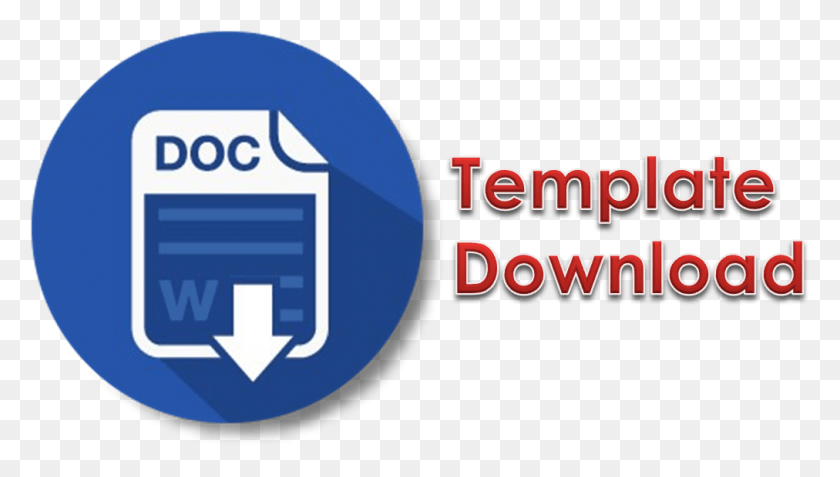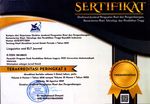The Use of Origami in Teaching Writing Procedure text of the Second Grade at SMA Muhammadiyah Mataram
Abstract
Origami is a kind of method for teaching language through dialogues which
stresses on the students’ habit formation by repetition, memorizing grammatical structures through substitutions, singular-plural and tense transformations etc, using the target language and the culture where the language is spoken. The objective of this research was to find out the effect of Origami in teaching writing procedure text. Method design this research was a true-experimental method. The population of this research was the second year students of SMA Muhammadiyah Mataram in Academic year 2016/2017. This study the writer took all population as the samples that consisted of 38 students. Because the population less than 100, they divided into two classes, namely experimental class 21 and control class 17. The writer collected the data using the testing method pre and post-test. According to Hughes rubric and t-test formula theory. The result of this research showed that the mean score of experimental group 9.5 and the mean score of control group 2.9. Based on t-test it showed that t- value 11.9 and after consulting to t-table, the t-value was higher than t- table. To conclude origami teaching and learning is more effective to improve students’ writing procedure text, this can be seen from the results of test score, it shows that the experimental class which was given treatment using origami teaching and learning got a higher score than control class without taught by used origami teaching and learning method. Besides the origami could improve the students’ motivation, the origami could attract the students’ attention, the origami help the students to memorize the vocabulary and the origami make the teaching and learning activities interesting. Presentation in which the writer presented the materials by using origami as media the students clearly and easily to understand. The writer concluded that Origami can warn up the student that was done to make students interested in learning writing procedure text and has a positive effect in teaching writing procedure text.
Keywords
Full Text:
PDFReferences
Arikunto, S. (2013). Prosedur Penelitian Suatu Pendekatan Praktek. Jakarta: RinekaCipta.
A.S. Hornby, Oxford Advanced Learners’ Dictionary, (NY: Oxford University Press,
, p.1234.
Brown, H. D. (2004). Electric Journal of Foreign Language Teaching, Harlow: Longman.
Bram, Barli. 1995. Writing Well, Improving Writing Skill. Yogyakarta: Kanisius.
Fei and Sujan, (2013). Origami Theory and Its Application: A Literature Review. International Journal of Sosial. Volume:7, number 1
Fitriyah, E.(2012/2013). Skripsi: The Use of Origami To Improve Speaking Skill The Eighth Grade Students of SMPN2 Nalumsari Jepara In The Academic
/2013.
Harsyaf et al (2009) Teaching Writing: Better Education Through Reformed Management and Universal Teacher Upgrading: Center for Development and Empowerment of Teachers and Education Personnel.
Hughes, Arthur. (2003). Testing For Language Teachers. Cambridge: Cambridge University press.
Harmer , J. 2004. How to Teach Writing. New York: Addison Wesley Publishing Company.
Harmer, J. 1998. How to Teach English. Pearson Education Limited.
Horland, Retrieved on Friday, March 12th 2010 at 16.05 from
Irene,Y.(2005). The impact of origami workshops on students' learning of geometry. The University Hong Kong.
Jack Richards and friends, Longman Dictionary of Applied Linguistics, (England: Longman, 1990), p.292.
Jazebi, S. (2012). A Thesis: Origami, Kirigami, and The Modeling of Leaves: An Interacture Computer Application.
Linse, Caroline T, Practical English Language Teaching: Young Learners, NY: Mc Graw Hill
Mukarto, Sujatmiko, Jossephine S.M., Widya K. 2006. English On The Sky For The Junior High School Students Year IX. Erlangga Marguerite Ann Snow and Donna M. Brinton. The Content-Based Classroom. (New York: Longman Published,1997),p.29.
Mark Anderson and Kathy Anderson, Text Types in English 1, (South Yarra: Macmillan Education Malaysia,1997),p.1-3.
Nunan, David. (2003). Practical English Language Teaching. New York: The Mograw-Hill.
Richard, Jack and Willy A. Renandya, Methodology in Language Teaching:
Sugiyono, (2010). Metode Penelitian Pendidikan. Cet. XII; Bandung: Alfabet. SuharsimiArikunto, ProsedurPenelitian: SuatuPendekatanPraktik, (Jakarta: PT.
RinekaCipta, 2006),
Starley, D. 1997 Metallurgical study of a Roman iron beam from the 1959 by-pass excavations, Catterick, North Yorkshire Ancient Monuments Laboratory Report89/97.
Swales, J. M. (1990). Genre analysis: English in academic and research settings. Cambridge, Cambridge University Press
Taylor, G. (2009) A Student’s Writing Guide. Cambridge University Press.
Urquhart V. and McIver M, (2005). Teaching Writing in the Content Areas. Association for Supervision and Curriculum Development
Widda, TN., Yuniarti D., Arini and Sugeng, A. 2009. PR Bahasa Inggris Untuk SMP/MTs.Klaten:Intan Pariwara.
Weigle S. C, (2002). Assessing Writing. The Cambridge language assessment series. Zenger(1997;68) fifty strategies for teaching english language learners and edition
New Jersey; pearsonmerill prentice hall.
DOI: https://doi.org/10.31764/leltj.v9i1.734
Refbacks
- There are currently no refbacks.
Copyright (c) 2019 Linguistics and English Language Teaching Journal

This work is licensed under a Creative Commons Attribution-ShareAlike 4.0 International License.
_____________________________________________________
Linguistics and ELT Journal
p-ISSN 2339-2940 | e-ISSN 2614-8633

LELTJ is licensed under a Creative Commons Attribution-ShareAlike 4.0 International License.
_____________________________________________________
LELTJ is abstracting & indexing in the following databases:
_____________________________________________________
LELTJ Editorial Office:













